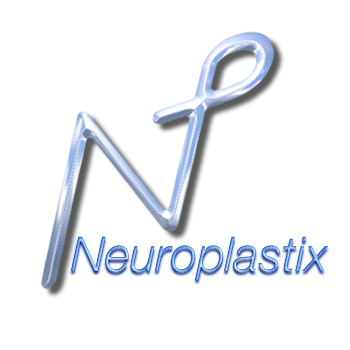Cerebrosomia
The brain and body are one thing. Our bodies and our brains exist as one, the being, the whole, simultaneously, instantly, always. Sensory input from the body informs the brain and the brain adjusts the responses in the body. The nervous system completes this loop from body to brain and back to the body, 30 times every second over the course of the person’s life. Changing one part changes the whole. The brain is the seat of consciousness. It controls many of the functions of the body at an unconscious level. The brain is responsible for all that we perceive. It receives electrical and molecular input from the peripheral body and sends information back the same way.
The skin is the largest organ in the body. It is a protective barrier between what is inside of us and the external world. Touch depends on billions of specialized nerve endings in the skin to expose us to the process that first starts our brains to wire together. The skin serves as a connection to the world of the body that lies beneath and is the first place we see connective tissue. The skin has many functions. It is a filter, protects us from the harshness of our environment, regulates temperature and fluid, serves as a physical barrier to infectious agents and maintains a vigorous inflammatory response to breach of that physical barrier.
When we are first born we are full of nerve cells in our brains and bodies, but they are not well-connected. The first way that this wiring together of largely disconnected nerve cells occurs is by maternal touch. Our mothers hold us and soothe us from the first time we cry to the first time we are fed. Even though infants cannot focus their eyes or coordinate their movements, these senses develop and a whole symphony of input comes into the developing infant’s brain from the peripheral nervous system. Still, it is touch that first begins our brain and body wiring to each other and to themselves. In a loving and secure environment touch is the master neuroplastic engine. In an abusive situation, it still is the the engine that drives wiring, but this wiring may tie one’s sense of touch and eventually other sensations into negative emotional experiences. In a loving situation, we are brought to the richness of our inner lives, our deep connection with our bodies by the positive emotions attached to being held, caressed, kissed, rocked, hugged and just plain loved. As our mothers bring in other loving members of the family the positive wiring and connection to positive aspects of our emotional system continue. When we look distressed or cry or some bodily function goes awry, we are picked up and soothed. Soon everyone gets into the act and in normal developmental situations the infant is constantly being soothed. As this happens our bodies begin to experience positive sensual touch and we seek out the comfort of others. We also spend more and more time self-stimulating our bodies and as we master everything from bowel control to coordinated movements, our peripheral nervous system is wired to our brain and this in turn wires to all of the tissues in our bodies. Infants develop from helpless, nearly immobile beings to walking, talking, skipping, jumping bundles of activity and energy. None of this happens accidentally and all of it starts with touch.
Between all layers of our tissues and within all of our organs is the Extra Cellular Matrix. This is composed of honeycombs of loose connective tissue, contains capillaries, nerves, fibroblasts and interstitial fluid. The interstitial fluid comprises a slow circulatory system that travels through the body. Both tissue maintenance and repair play out in the Extracellular Matrix and Interstitial fluid. All of what occurs here is reflected in a similar system in the brain. Dynamic changes in the centralized brain and the peripheral body connect via this system and incorporate not only the electrical communication of the nervous system, but also the molecular communication of the immune system. Under normal circumstances the brain uses production of inflammatory responses to break synapses, clearing the way for new synapses to be made. In persistent pain states the inflammatory response serves the purpose of maintaining excessive nerve firing in the pain circuits, leading to expansion of the pain map in the brain and release of excessive inflammatory molecules at the site of the injury in the peripheral body.
The key to controlling persistent pain is to understand this unity of brain and body and to exploit the dynamic processes that occur within and between each. Realizing that the body as a whole is capable of restoring normal balance of functions and does so in sequential steps, we can help it achieve this equilibrium by adding and subtracting treatment that emphasizes these powerful and natural approaches. We can direct rewiring of brain and body in a positive way and we can guide the chronic inflammatory responses leading to pain persistence to more normal responses that effectively fight injury and disease.
